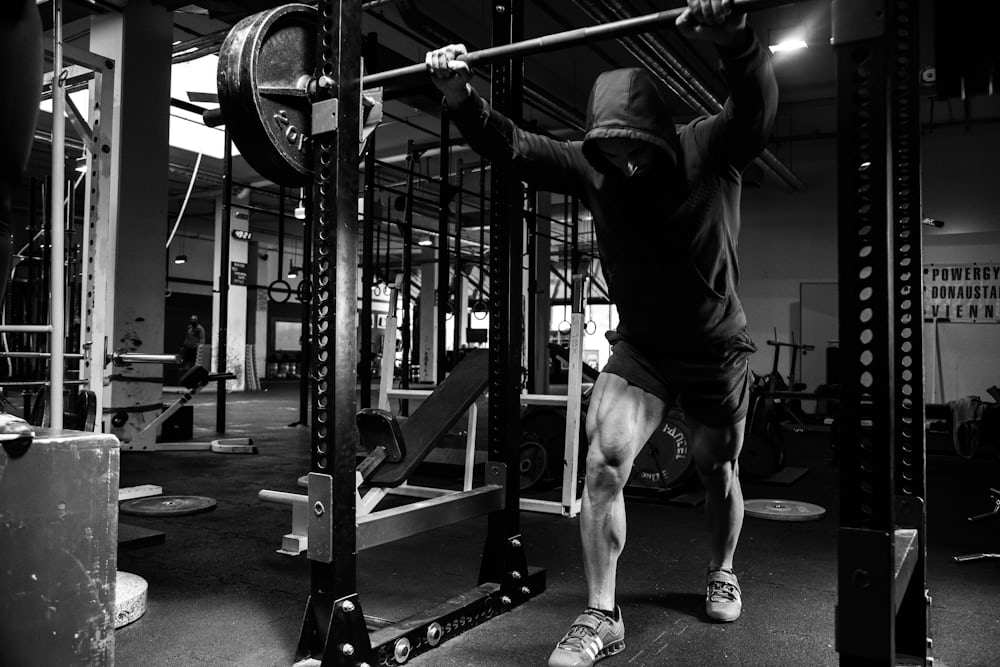The Testosterone Spectrum: Comparing Animal and Human Levels

Testosterone, a crucial steroid hormone, serves as a significant driver of development, behavior, and physiology across the animal kingdom. While commonly associated with human health and behavior, testosterone's role in animals provides a rich tapestry of evolutionary adaptations and ecological strategies. This article delves into the fascinating variations in testosterone levels among different species, comparing them to human levels, and exploring the implications for behavior and physiology. Understanding Testosterone Testosterone is produced primarily in the testes in males and the ovaries in females, with additional contributions from the adrenal glands. Its functions are widespread, influencing muscle mass, bone density, fat distribution, red blood cell production, and a range of behaviors including aggression, competitiveness, and libido. The hormone's levels and effects can vary widely among different species, reflecting their unique lifestyles and survival...






